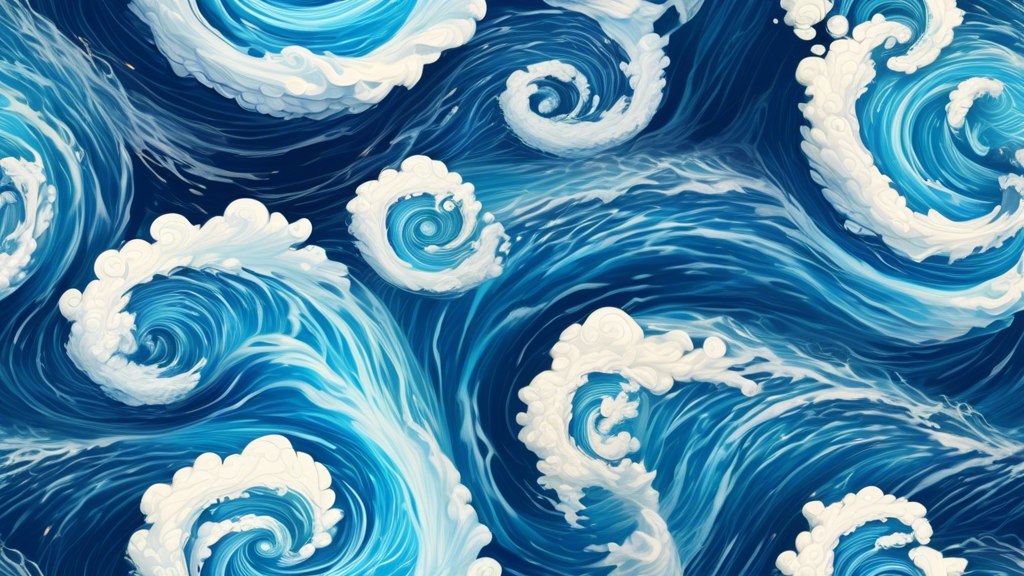Mysterious Ocean Whirlpools: Nature’s Powerful Vortexes
Understanding the Mystery of Ocean Whirlpools
Ocean whirlpools, also known as maelstroms, have captured human imagination for centuries. These powerful circular currents manifest as swirling water on the ocean’s surface. Historically perceived as hazardous maritime phenomena, whirlpools can occur in seas and oceans around the world. This article delves into the nature, causes, and effects of these fascinating natural vortices.
What is a Whirlpool?
Essentially, a whirlpool is a body of rotating water produced by opposing currents or a significant disruption in the water body. This phenomenon can vary widely in size and force, from small swirling puddles in a stream to large and menacing oceanic features known for their destructive potential. Whirlpools can last from a few minutes to several hours.
Formation of Ocean Whirlpools
The formation of whirlpools in the ocean can occur due to several reasons, with tidal forces and topography playing significant roles. They often form in narrow straits and channels where water is forcibly pushed into an increasingly constricted space, increasing the water’s velocity and causing turbulence. The Corryvreckan whirlpool off Scotland, one of the largest permanent whirlpools, is an example, occurring in a channel where strong tidal currents pass over varied underwater topographies, such as deep holes and rising columns.
Other causes include interactions between different water currents, including tidal streams and river outflows. Another notable instance is the Moskstraumen off Norway, which is largely driven by the potent tides and vast volumes of water through the Norwegian and Greenland Seas.
Impact of Whirlpools
While whirlpools are often considered hazardous, their actual impact can vary. Small whirlpools pose little to no danger and are common sights along riverbanks and in smaller bodies of water where streams converge. However, larger whirlpools in the ocean can pose significant threats to watercraft due to their powerful pull and turbulent waters. Historical accounts of ships being sucked into a vortex rarely occur, but smaller vessels can still face serious risks in these conditions.
Ecological Significance of Whirlpools
Beyond the dangers, whirlpools also play a beneficial role in marine ecology. They can help in oxygenating the water and promoting nutrient mixing across water columns. This promotes the growth of plankton, which is a crucial component of the oceanic food chain. Whirlpools can also contribute to the dispersal of marine organisms, aiding in the propagation of species across different areas of the ocean.
Studying Whirlpools: Techniques and Technologies
Advancements in technology have facilitated greater understanding and continuous monitoring of whirlpools. Oceanographers use satellite imagery and sea-surface altimeters to detect and study these features from space. These tools help in mapping and analyzing water movement patterns around known whirlpool locations. Additionally, in situ measurements with buoys and watercraft equipped with GPS and sonar devices provide real-time data about water speed and whirlpool structure.
Conclusion
Ocean whirlpools continue to be a topic of research due to their complex nature and the impact they have on their surroundings. As dangerous as they can be for mariners, their role in enhancing marine biodiversity and water quality denotes that they have an ecological importance that cannot be overlooked. With ongoing studies and technological advancements, our understanding of these mysterious oceanic features will likely continue to evolve, uncovering more secrets of the deep waters.
Dreaming of Money: Unpacking the Meaning
Exploring the Meaning of Water Dreams







